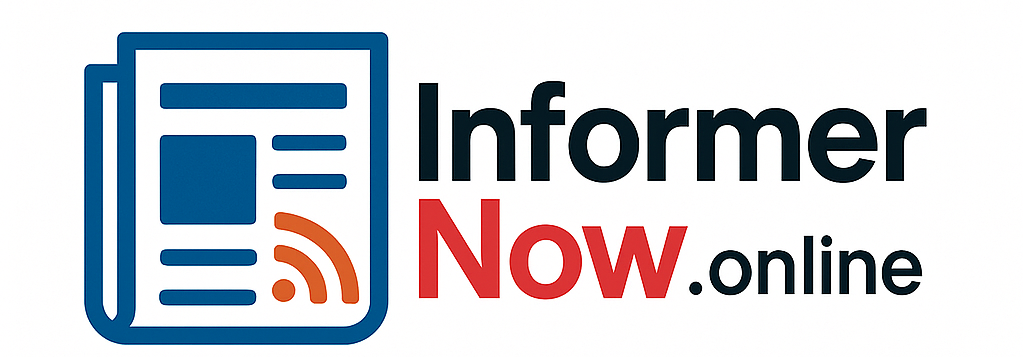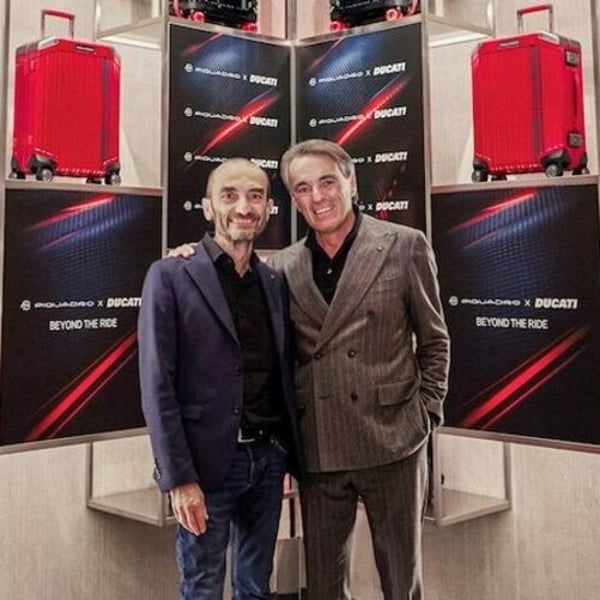Published
September 24, 2025
JD Sports released its first-half results on Wednesday and while it had already issued a sales update last month, this release filled in the gaps on margins and profits, as well as giving monetary numbers rather than just percentages.

So, let’s look at those numbers for the six months to early August. The company saw reported sales growth of 18% (+20% at constant currency) to reach £5.94 billion, although this jump was driven by the acquisitions of Hibbett and Courir. The gross margin fell to 48% from 48.6%.
Operating profit fell 8.2% on a reported basis to £369 million and the operating margin was down to 6.2% from 8%. Profit before tax and adjusting items dropped 13.5% to £351 million. On a statutory basis, however, operating profit rose 33.2% to £389 million and profit before tax was up 9.5% at £138 million.
The company’s overall organic sales growth was 2.7% during the half, which its CEO Régis Schultz said demonstrates the resilience of the business.
The numbers in detail
In H1, like-for-like (LFL) sales fell 2.5%. North America was -3.8% LFL and +3.1% organic; Europe was -0.3% LFL and +6% organic; the UK was -3.3% LFL and -1.7% organic; and Asia pacific was +2.4% LFL and +6% organic.
North America is its largest market by sales, generating 39% of JD Group sales in H1, with Europe at 32%, the UK at 25% and Asia Pacific at 4%. LFL sales in H1 were resilient in Europe, supported by its sporting goods fascias in Iberia, Greece and Cyprus, and it was “encouraging” to see improved LFL trends quarter on quarter in both North America and Asia Pacific. In H1, it grew its market share in North America and Europe. In the UK, it sees organic sales as a better sales KPI than LFL, “given the ongoing evolution of our store footprint with ‘bigger and better’ stores”. And while the UK was down both LFL and organic, it had said earlier that new stores were pulling their weight with the new giant Manchester store performing strongly.

By segment, the JD brand saw total sales down 3% LFL and up 3.7% organic at £3.674 billion. The Complementary Concepts division saw a 2.4% LFL drop and a 1.1% organic rise to £1.567 billion. The division includes Hibbett, DTLR, Shoe Palace and City Gear in North America, together with Courir and MIG in Europe.
It also operates sporting goods businesses through ISRG (Iberia) and Cosmos (Greece and Cyprus), as well as outdoors businesses in the UK (including Go Outdoors, Blacks and Millets). Its Sporting Goods & Outdoor division was flat on an LFL basis and down 0.8% organic at £699 million.
Cautiously upbeat CEO
Régis Schultz said the half continued to see “a tough trading environment”. And he added: “In North America, where we gained market share in the period, the development of our operations is progressing well.
“Our supply chain investments are poised to unlock significant efficiencies across our global network. Our new European distribution centre in Heerlen, the Netherlands, is set to launch automation for JD Europe store replenishment in the coming weeks, while our US west coast site in Morgan Hill is set to go live with JD and Finish Line by year-end — the next step of our plan to leverage our distribution centres on a multi-fascia basis.”
He highlighted the strong points of the first half, including market share gains in key growth markets of North America and Europe against a tough consumer backdrop; costs and cash being well controlled; stronger LFL sales trends in apparel and online in North America; and “resilient” LFL sales in Europe, although UK organic sales were affected by tough Q2 comparatives due to last year’s Euro football tournament.
Also a plus point was that it saw a good underlying performance in apparel globally even though footwear was softer given the “ongoing shift in product cycle”.

That said, it saw “an encouraging performance in newer footwear lines (especially performance-based lines)”. Footwear sales as a proportion of overall group sales increased from 60% to 62% year on year, due to the category mix of the recently acquired Hibbett and Courir. On an organic basis (excluding Hibbett and Courir), footwear sales were slightly lower — down about 1% to £2.9 billion — while apparel grew around 6% to £1.6 billion.
As for the current half, the company continues to expect the impact of US tariffs to be “limited” but said “we remain cautious on the trading environment for the [rest] of the year, reflecting continued pressure on consumer finances, elevated unemployment risk, and the ongoing transition in the footwear product cycle. Despite these headwinds, we expect our full-year profit before tax and adjusting items (FY26 PBTAI) to be in line with current market expectations”.
Copyright © 2025 FashionNetwork.com All rights reserved.







